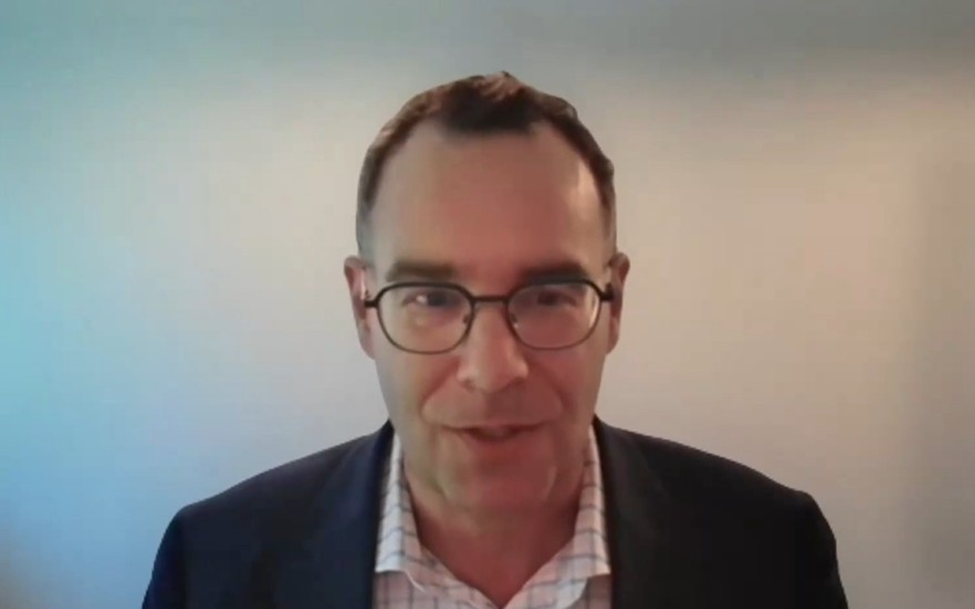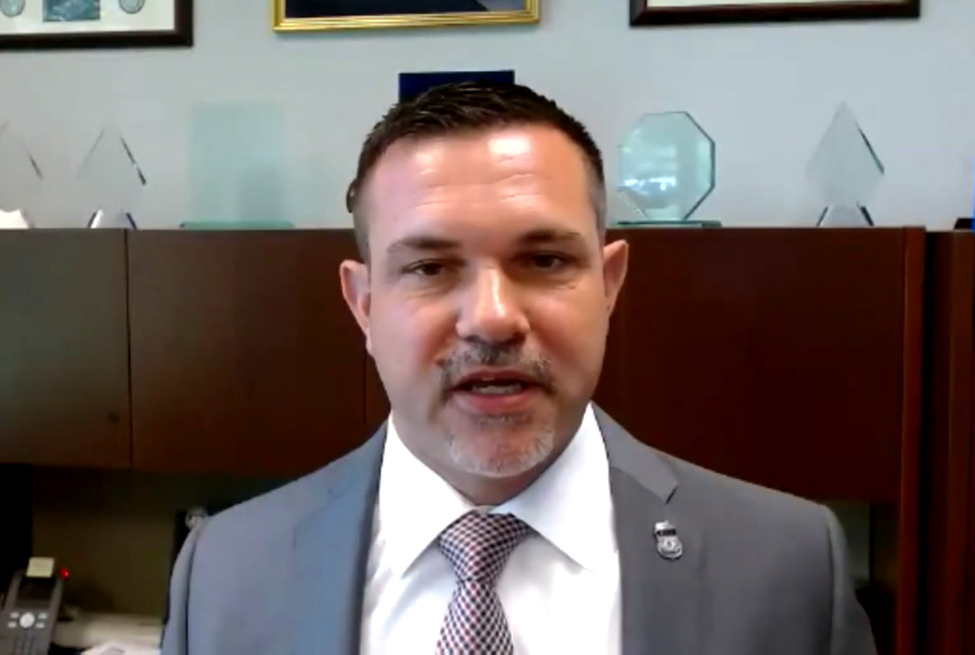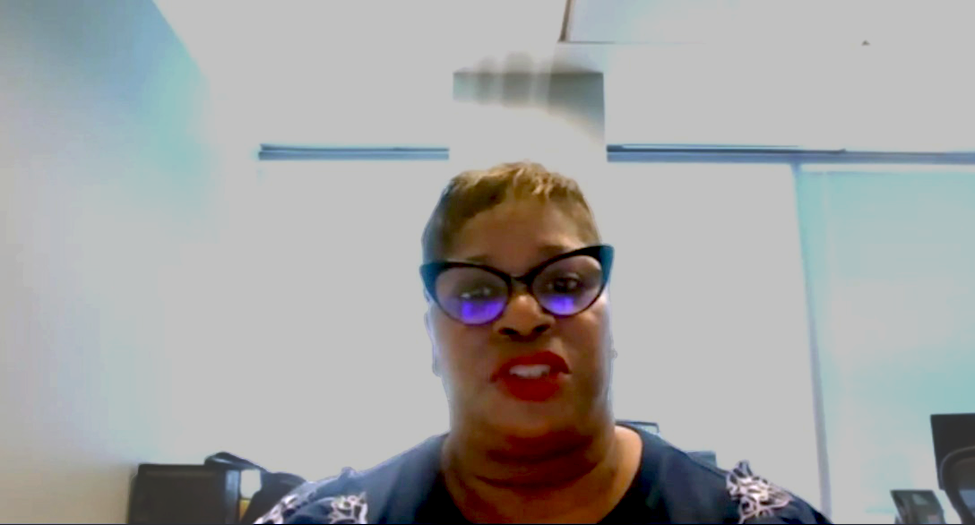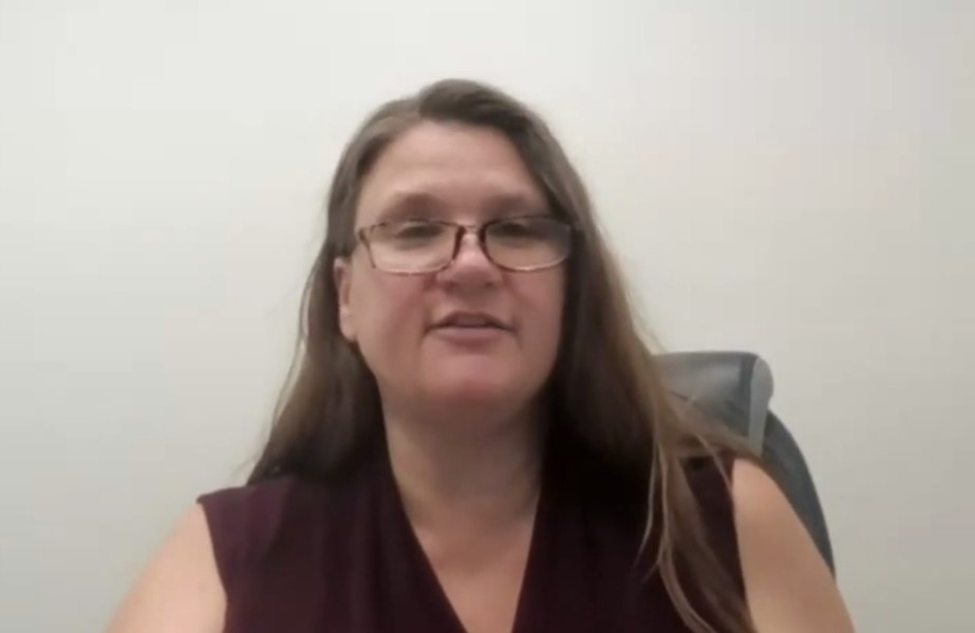
On June 23-24, 2025, ACAMS held its virtual Law Enforcement (LE) anti-financial crime (AFC) Seminar, featuring approximately 30 experts from various U.S. LE agencies including the Federal Bureau of Investigation (FBI), Homeland Security Investigations (HSI), the Internal Revenue Service-Criminal Investigations (IRS-CI), the United States Postal Inspection Service and the U.S. Secret Service.
Opening remarks and keynote session
Welcoming attendees to the two-day LE seminar on June 23, ACAMS CEO Neil Sternthal mentioned the various topics that would be covered during the seminar, such as HSI’s AFC efforts, the latest developments in the world of fraud and scams, public-private sector collaboration, crime and virtual currencies, human smuggling, artificial intelligence (AI) and data analysis. Sternthal thanked the approximately 1,000 virtual attendees, adding, “You have incredibly important, difficult, challenging jobs. For you to take two days out of your time is a tremendous investment by both you and the organizations that you represent, and we are extremely grateful.”

Sternthal’s remarks were followed by a keynote presentation by Steven Schrank, special agent in charge, HSI Atlanta, who went on to discuss key trends HSI had observed as well as some HSI initiatives that had taken to investigate and dismantle transnational criminal organizations (TCOs) that presented dangers to the U.S. national security. One of the initiatives he discussed was the 2023 launch of the Cross-Border Financial Crime Center, which was detailed in the June-August 2024 edition of ACAMS Today.

Schrank also discussed the use of AI in the spread of financial crime, noting, “The rapid advancement of AI technologies has provided criminals sophisticated tools to create convincing fake identities, documents and conduct transactions. These AI-generated artifacts can be used to deceive financial institutions [FIs], evade detection or facilitate illicit activities. HSI is committed to staying ahead of these threats by leveraging advanced technologies and leveraging our partnerships in the financial sector. We work closely with institutions, tech companies and other stakeholders to develop in-house solutions to detect and prevent AI-driven fraud by sharing information, putting out best practices and utilizing intelligence throughout the government. We can collectively strengthen our defense against these evolving threats.”
The FBI’s IC3
Christopher Delzotto, section chief of the Federal Bureau of Investigation and the presenter at the next session, “IC3 at 25: A Quarter-Century of Cyber Crime Awareness,” noted that based on fraud complaints to the FBI’s Internet Complaint Center (IC3) by age group in 2024, victims aged 60 and older accounted for the largest number of fraud complaints (147,000) and the largest fraud loss by dollar amount (approximately $5 billion).
However, Delzotto added that the FBI also registered a sizable “uptick in the age bracket of 40 to 49, and from 30 to 39” from 2023 to 2024 which he said made sense “because these are ... the folks that are on the internet more often. I would suspect … in the years to come, that the IC3 numbers will increase in these age demographics.”
The value of partnerships
The later session on “How Strong Is Your Collaboration Game,” discussed successful partnerships between LE, investigators and prosecutors with FIs and other private sector entities who are the first line of defense in identifying Bank Secrecy Act (BSA) issues. Speakers taking part in this discussion, including Jose Salcedo, special agent at IRS-CI and Delena D. Spann of the U.S. Secret Service’s Cyber Fraud Task Force, explored the resources they use to build those crucial partnerships, including employing networking to instigate a solid investigation and understanding the significance of collaboration between LE and FIs.

When asked about the challenges facing private and public institutions regarding collaboration, Spann observed, “The lines of communication should be open at all times … earlier communication is key. Transparency is also key: making certain that everyone is on the same level playing field, having regular updates, sharing data—whether it’s intelligence or financial—and having discussions about those risks.” Another vital point to those discussions, she said, was “talking about what [the] expectations are for each party … involved in the public-private partnerships.”
Key takeaways from the session included that public-private partnerships allow LE, FIs regulatory agencies and fintechs to bridge the gap between the private sector’s expertise and LE’s operational mechanisms. Another takeaway was that LE-private sector partnerships have become vital tools in the last 25 years, according to the panelists. The session was moderated by John F. Tobon, CAMS, former assistant director, Countering Transnational Organized Crime Division, HSI.
Avoiding crypto fraud victimization
The following day, during the “Criminal Realities of Virtual Currencies” session, Patrick Wyman of the FBI, observed that education is crucial to avoid being victimized. That education can start simply as a conversation with relatives at Thanksgiving dinner, asking them to spread the word about fraud. “The more we can share the information … the better off we're going to be.”

The session’s other presenter, Paul Hemesath senior legal counsel, Security, at Coinbase added that now was a great “opportunity to become an expert in this space without even a ton of work, because … everyone is getting involved at the same time. We're still in the very early stages of everything. Don't think that you missed the boat. Get certified. You can get a master's degree in this [topic] just by watching YouTube. Become that person in your office … the person that is best informed.”
Later on, the seminar featured a session titled “The Intersection of Financial Crime and Immigration,” Thomas Cason, assistant attaché, HSI, at the U.S. embassy in Mexico City, said, “The cooperation between the U.S. and Mexico is at levels we haven't seen in years. We're all working together to combat illicit finance, which includes illicit gains from human smuggling and trafficking…. To do this, we need help from our U.S.-based [LE] counterparts as well as U.S.-based [FIs].”

Among the key takeaways from the session were:
- TCOs and the recently designated foreign terrorist organizations (FTOs) that are involved in human smuggling and other trafficking activities are also involved in drug trafficking and other endeavors that bring in revenue for the TCOs and FTOs.
- The U.S. and Mexico are working together in the fight against illicit financial activity and the criminal profit from trafficking and human smuggling.
AI and data detection
Later in the program, the session “Leveraging AI for Insightful Data Detection,” covered how LE professionals can use AI intelligence, algorithms and data analysis to predict and avert criminal acts against them. Matthew Hogan of the Connecticut State Police emphasized that LE needed to treat AI as a tool and not a substitute for investigative work. “We still need to do our follow-up and make the connections we need to make using verified information.”
Fellow panelist Jessica Pipher, unit chief at the FBI, said, “I'm always looking at analysis of the crime and how to use the data…. So, the key takeaway I have is that as investigators when we are looking at these financial crimes … [and are] looking at this information, remember that it could be artificially generated…. What are the signatures? What do you need to learn about that dataset? What code is in there? What do they have embedded in those outputs?”

Overall, it was an exciting and informative two-day virtual event that aimed to further solidify the partnership efforts between LE agencies and the private sector—as well as a valuable experience for all who participated.
Reported by the ACAMS Today Editorial Staff
Karla Monterrosa-Yancey, CAMS, editor-in-chief, kmonterrosa@acams.org
Ben Bahner, CAMS, editor, bbahner@acams.org
Monica Mendez, CAMS, consultant
Ana Acuna, web producer, aacuna@acams.org










